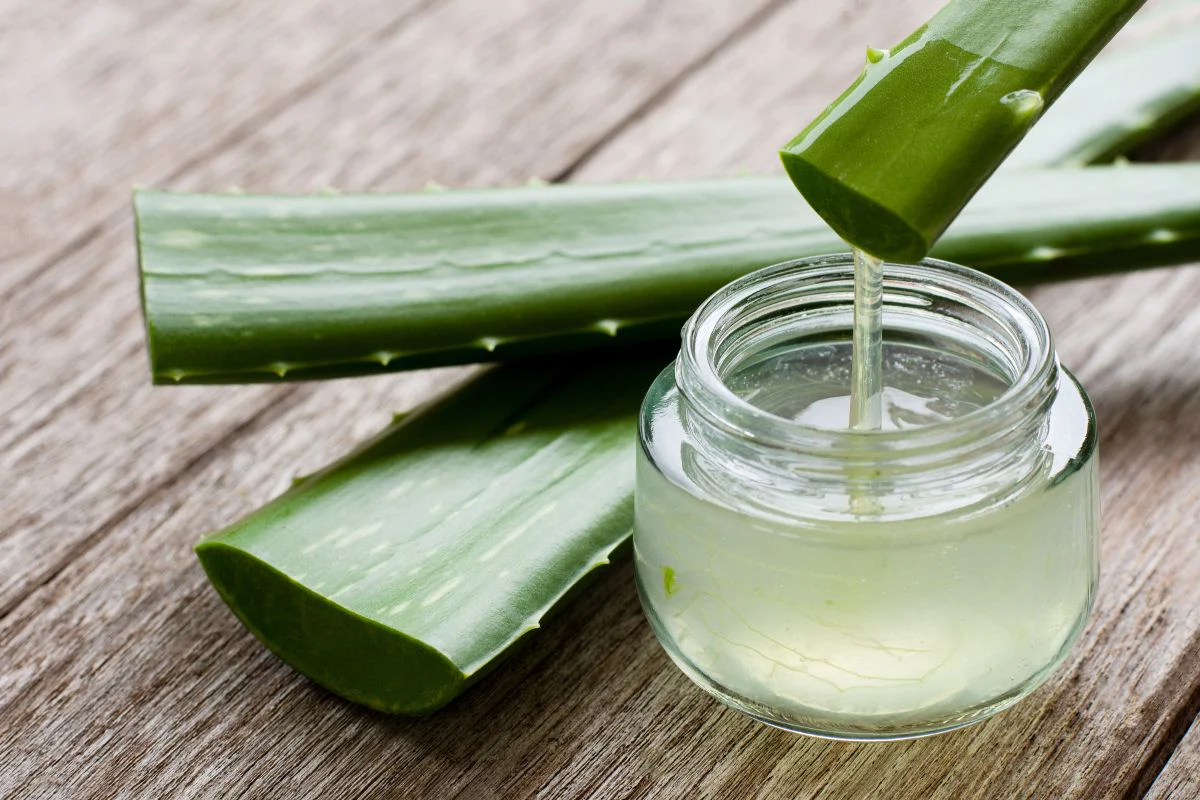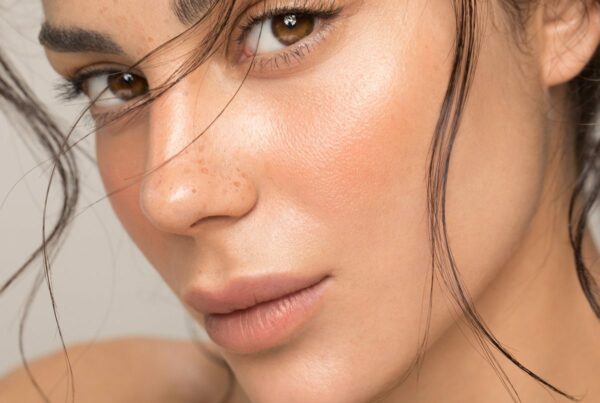Table of Contents
Is Aloe Vera Really That Good for Dry Skin? Dermatologists Weigh In
For centuries, aloe vera has been touted as a miracle plant with numerous health and beauty benefits. But is it really that good for dry skin? Let’s delve into the truth and see what dermatologists actually think.
A Look Back at Aloe Vera: The Plant of Immortality
The use of aloe vera dates back to ancient Egypt, where it was referred to as the “plant of immortality.” It was a staple in the beauty regimens of queens like Cleopatra and Nefertiti, and was used for its moisturizing and healing properties. Today, aloe vera is a common ingredient in skincare products, including those designed to combat dry skin.
The Science Behind Aloe Vera’s Moisturizing Power
Aloe vera is packed with over 75 active components, including vitamins, minerals, sugars, enzymes, salicylic acids, and amino acids. The plant’s gel, which is 99% water, is incredibly hydrating, making it a natural solution for dry skin. The remaining 1% is a powerful synergy of nutrients that promote skin health and healing.
Dermatologists often recommend aloe vera for dry skin due to its hydrating, soothing, and healing properties. It not only moisturizes the skin but also helps to lock in that moisture, preventing dryness from reoccurring.
Unveiling the Truth: Aloe Vera for Dry Skin
Despite its long history and popularity, does aloe vera really work for dry skin? The answer is a resounding yes.
Dermatologists agree that aloe vera is effective for treating dry skin. Its moisturizing properties help replenish lost moisture, while its anti-inflammatory properties soothe irritated, dry skin. Additionally, aloe vera aids in skin cell regeneration, helping to heal and prevent dry skin over time.
From the Aloe Vera Plant to Your Skincare Routine
When it comes to using aloe vera for dry skin, you have several options. These include:
- Pure Aloe Vera Gel: This is the most natural form of aloe vera and can be applied directly to the skin.
- Aloe Vera-Based Skincare Products: These include moisturizers, lotions, and creams that contain aloe vera as a key ingredient.
Remember, not all aloe vera products are created equal. Look for products that list aloe vera as one of the first ingredients to ensure you’re getting a high concentration.
Interesting Fact About Aloe Vera
Did you know that aloe vera is one of the few plants that can continue to live and provide nutrients even when uprooted? This survival mechanism allows it to retain water and nutrients, making it the perfect natural moisturizer for dry skin.
FAQ Section
1. Can I use aloe vera on my face daily?
Yes, aloe vera is gentle enough to be used on the face daily. It’s an excellent moisturizer and can help soothe and hydrate dry skin.
2. Is aloe vera good for sensitive skin?
Yes, aloe vera is known for its soothing properties, making it suitable for sensitive skin. However, it’s always best to do a patch test first.
3. Can aloe vera cause skin problems?
While aloe vera is generally safe for most skin types, some people might experience an allergic reaction. If you notice any redness, itching, or swelling, stop using it immediately.
4. How long does it take for aloe vera to work on dry skin?
While aloe vera provides immediate hydration, it may take a few weeks of regular use to see significant improvements in skin dryness.
In conclusion, aloe vera is a natural, effective solution for dry skin. Its rich history and the backing of dermatologists make it a reliable addition to any skincare routine. So, if you’re battling dry skin, it may be time to give aloe vera a try.









